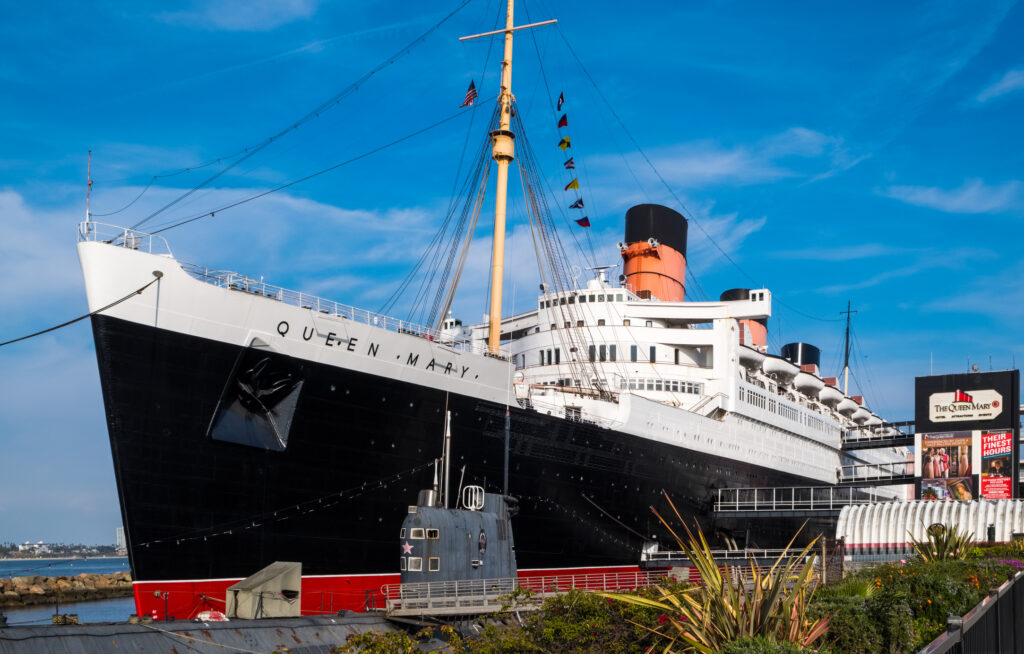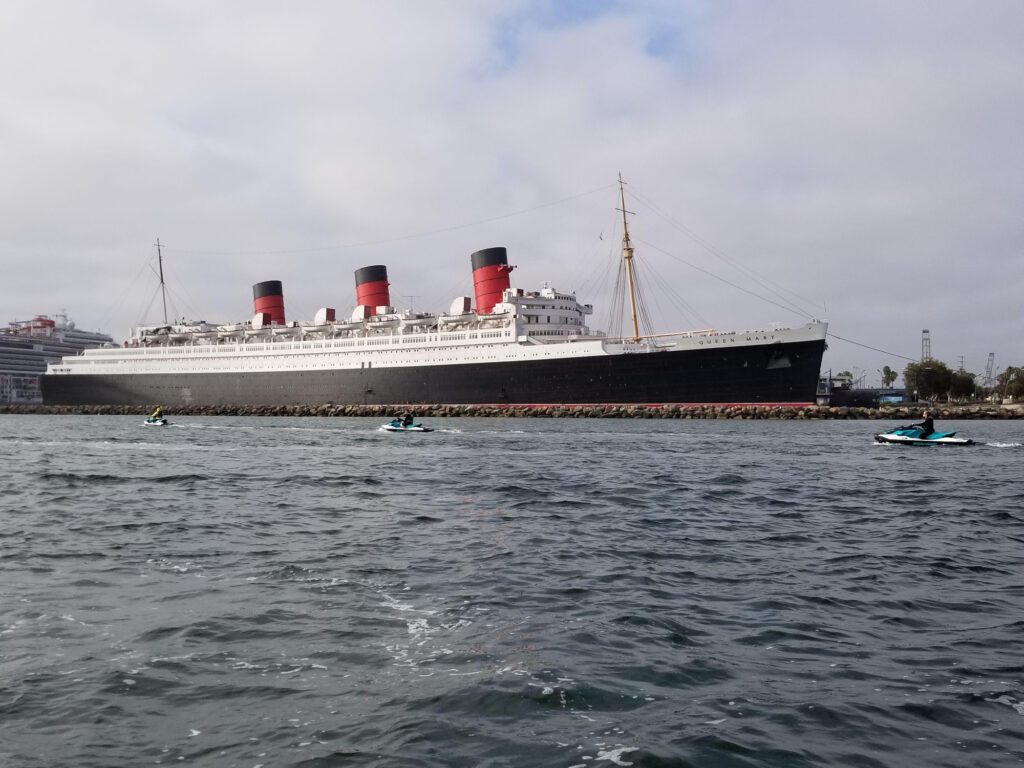
The Queen Mary Offers Code Council Conference Attendees a Look at the Golden Age of Ocean Liners
This must-see attraction provides a historic glimpse into the Queen Mary’s past as both a passenger ship and a troopship during World War II.
The International Code Council’s Annual Conference, Expo and Committee Action Hearings provide attendees with many opportunities to learn, network and elevate their career in building safety. This includes the annual building tours, which are both fun and educational and allow participants to earn up to 0.7 continuing education units (CEUs) that can be used toward Code Council certification renewal.
Along with building tours, the Code Council will also feature a 30th-anniversary exhibit where visitors can explore artifacts from the Code Council’s history and participate in the creation of a time capsule to commemorate this milestone.
This year’s conference, which runs from October 20 through October 31 at the Long Beach Convention Center in California, offers something a little different: a tour of the Queen Mary. Known as one of the world’s most historic ocean liners, the Queen Mary is bigger, heavier and significantly faster than the Titanic. It was the queen (and king) of luxury travel when it first set sail on May 27, 1936, and quickly drew the attention of Bob Hope, Fred Astaire, Clark Gable and Winston Churchill.

The Queen Mary’s biggest fan of all may be the City of Long Beach which purchased the ship in 1967. At a cost of nearly $3.5 million (roughly $32.7 million in today’s dollars when adjusted for inflation), this was no small investment for the city, but it has paid massive dividends in the years since. It has served as a prominent tourist attraction for Long Beach and has become a permanent part of the city’s skyline.
An Unlikely Wartime Hero
The Queen Mary was not built for military use, but as World War II escalated, it became clear that it could serve a greater purpose. The ship was then converted to a troopship in September 1939 for Allied soldiers.
On average, the modified Queen Mary hauled 15,000 troops on every trip, but one excursion reached a record of 16,600 troops from America. Small bunk beds were installed to ensure everyone had a place to sleep.
Even the exterior was updated with a camouflaged grey color to reduce visibility among enemy forces. But anyone who may have spotted the Queen Mary failed to catch up – while under military control, it reached a record-breaking speed of 32.5 knots, more than twice the speed of a surface U-boat. It was faster than any German submarine and could even outrun torpedoes, which topped out at 25 knots. This enabled the Queen Mary to safely carry soldiers during the war without being attacked.
All told, the Queen Mary transported more than 800,000 members of the military during World War II and more than two million passengers during its time as a civilian ship. This included approximately 60,000 war brides, who came to America aboard the Queen Mary after the war. By that time, its luxurious quarters had been restored to their former glory, providing a once-in-a-lifetime experience for these travelers before they were reunited with their husbands.

From the World’s Largest Ocean Liner to a Historic Destination
The Queen Mary resumed passenger service on July 21, 1947, following a 10-month retrofitting process. It sailed across the Atlantic Ocean for another two decades. Its final voyage began on Halloween in 1967 and concluded on December 9 that same year when it arrived at Long Beach.
In the years since, the Queen Mary has become a staple of the city, its forever home. It now features a hotel with more than 200 original first class staterooms and suites that were influenced by the Art Deco movement of the 1920s and 1930s. Its designers took their inspiration one step further by making sure that no two staterooms are alike. This provided passengers with an impeccable and unique experience during the Queen Mary’s heyday as an ocean liner and continues to serve guests well in its permanent form as a floating hotel.
Authentic polished wood paneling and original 1930s artwork have remained inside the Queen Mary, even as it has undergone renovations to restore and enhance the guest and visitor experience. Several tours have also been introduced, including The Glory Days (an exploration of the ship’s past) and The Steam and Steel Tour (which features a walk through the boiler rooms 25 feet below water line).
With so much to see and explore, the Queen Mary is a can’t-miss attraction for anyone attending the International Code Council’s 2024 Annual Conference, Expo and Committee Action Hearings.
Learn more about the Code Council’s 2024 Annual Conference, Expo and Committee Action Hearings here.








